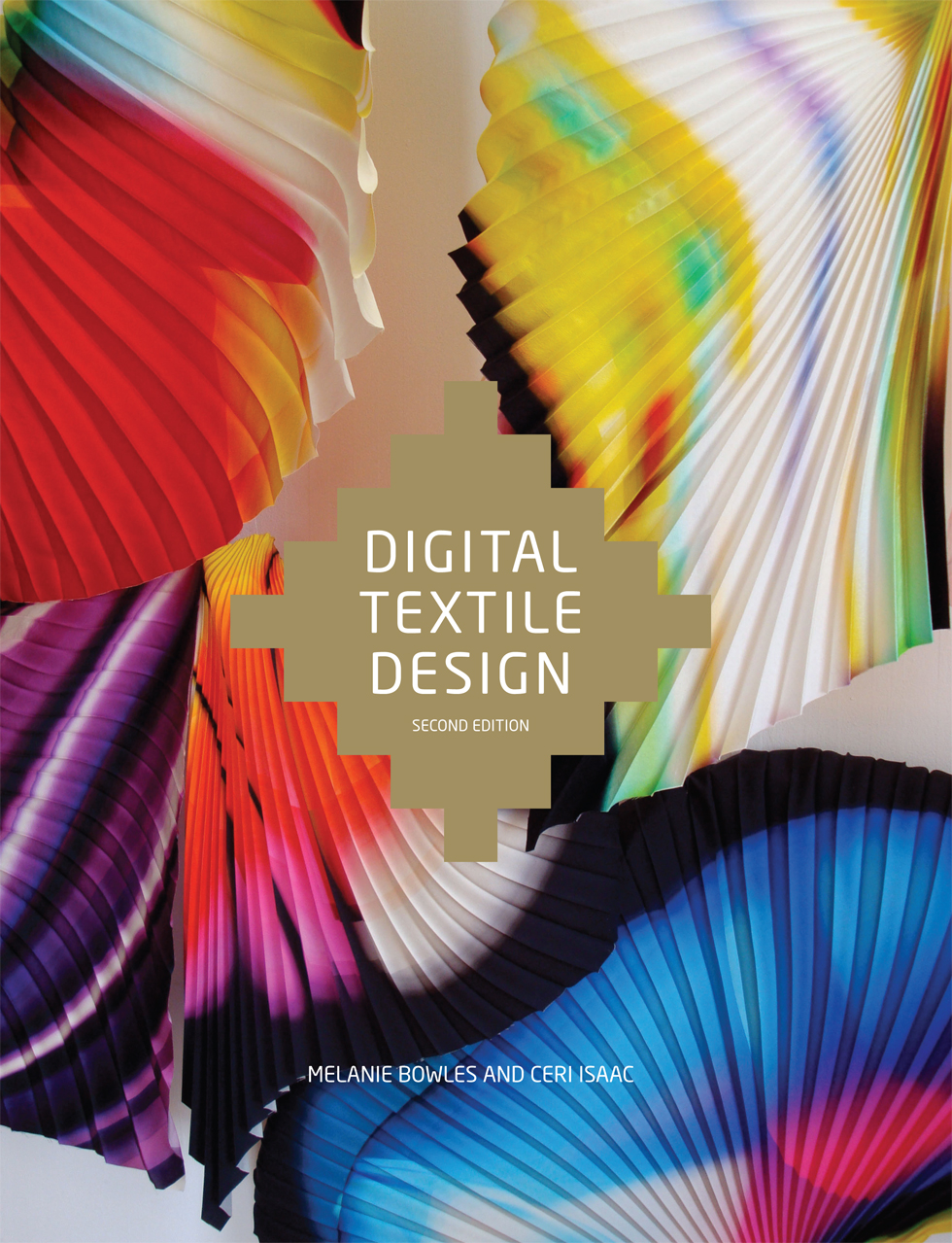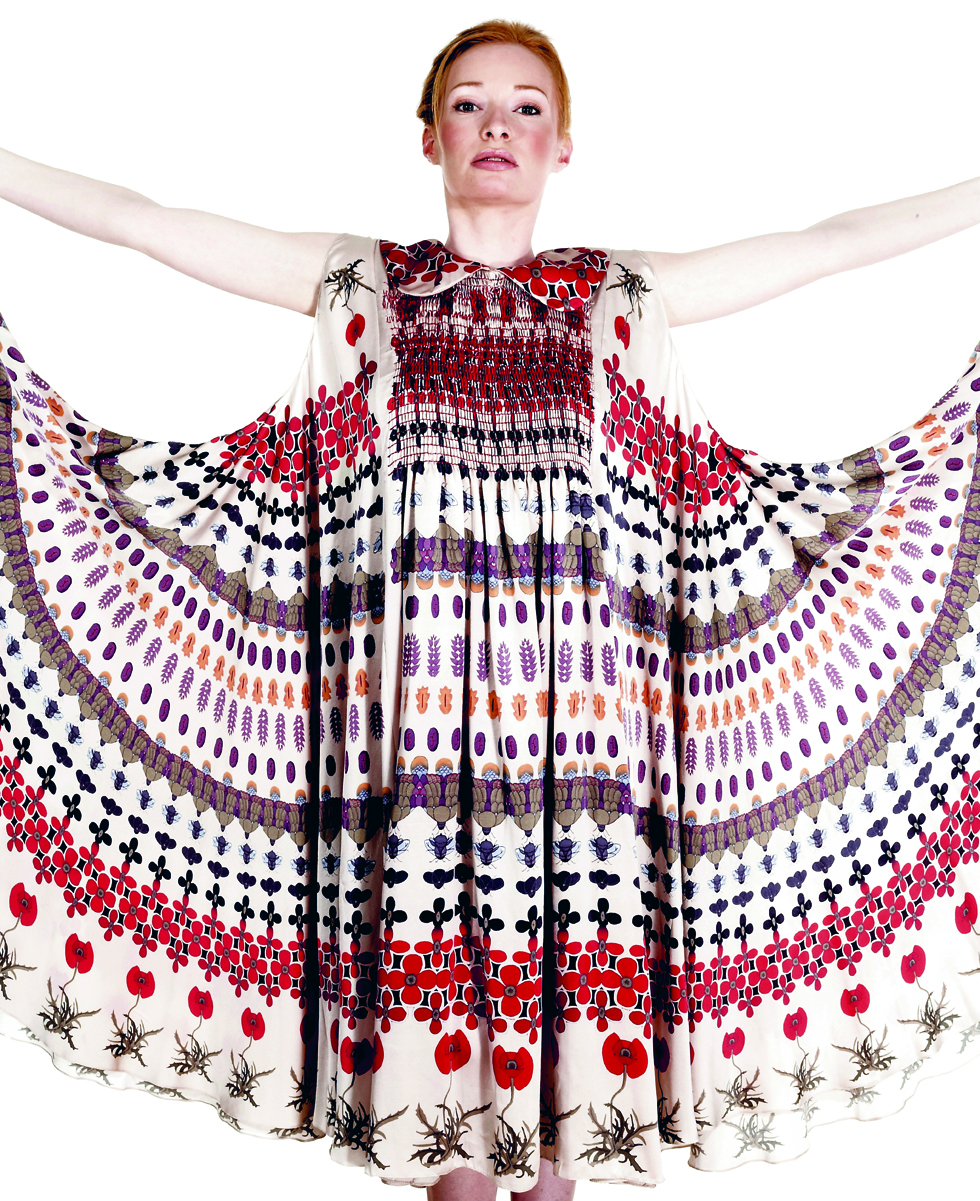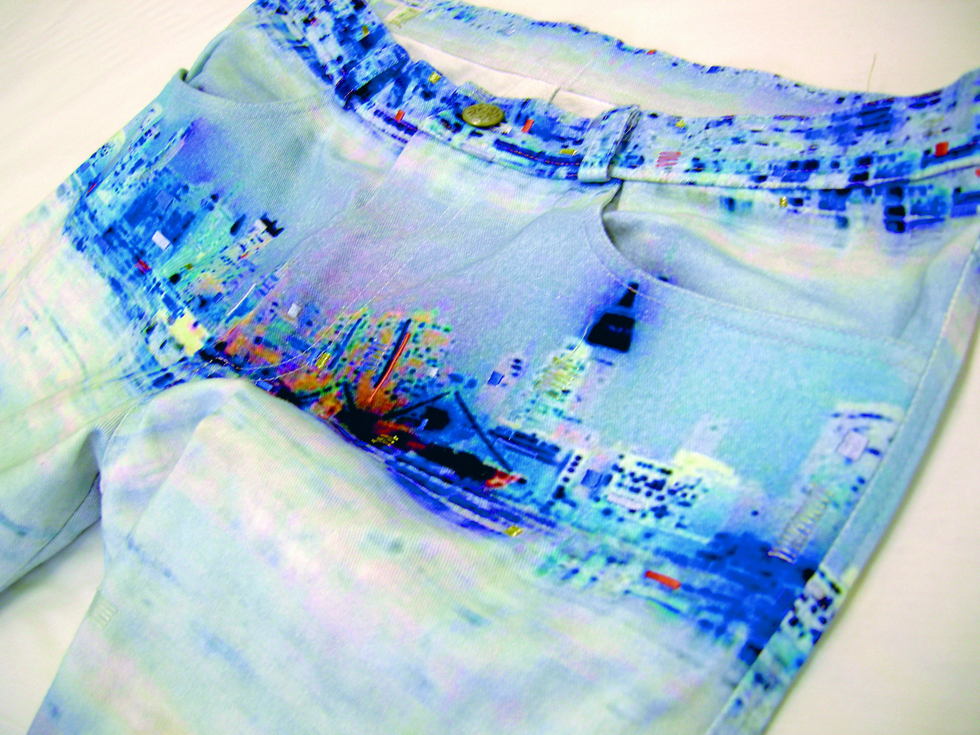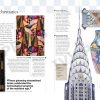In this post Manisha G. Harkins shares her thoughts on the Second Edition of Digital Textile Design. Some links used within this post are affiliate links, which means I’ll receive a small commission if a purchase is made on their site. Thanks for your support!
“Digital Textile Design, Second Edition covers everything students and practitioners of textile design will need to learn about designing and printing digitally.” It was written in 2012 by Melanie Bowles and Ceri Isaac.
I’m sure this second edition has already become a classic since its publication two years ago. I still refer to it whenever I’m confused on how to combine areas of a textural painting seamlessly, or cast a group of motifs in a more pleasing arrangement on screen. After an effective intro to the digital age, the authors delve into essential basics and methods for today’s surface pattern designer. Tutorials — particularly if you’re still a student or just beginning to grasp Photoshop and Illustrator, are vital. From photo montages and creating complex colour blends to stripes and repeats, this is an excellent partner to a textiles degree programme, and equally important if your avenue is self-study.

There are designers who are born to design on a computer and others who still battle between hand and machine. Additionally, you’ll find plenty who prefer to bridge that gap: still passionate about the hand-drawn, hand-printed or hand-made, yet equally willing to combine the force of the maker or traditional artist with the phenomenal tools of the digital age. Bowles and Isaac take a look at all of these ways in which to capitalise on CAD: whether you prefer to photograph and draw into Photoshop directly with a digital stylus pen or mouse, use Illustrator to laser-cut; or dye, lino-print, stitch, and then scan. Of course, I’m just naming a few, but the examples are many.

The Digital Craft section is my favourite: showcasing the likes of Louisa-Claire Fernandes’ digitally printed background which is then ‘devoréd’ and dip-dyed by hand; or Photini Anastasi’s hand-embroidered, digitally printed watercolours. Before the book ends, the reader can plough into an informative section discussing the various types of digital printing e.g. desktop digital textiles, inkjet transfers to sublimation printing. That’s not all. A chapter on the actual technology behind it all really covers the gamut — even offering a useful introduction to the traditional methods of printing as a point of reference. All in all, any ‘student’ of textiles, surface design or digital technology would benefit from Digital Textile Design, Second Edition.

Manisha Harkins is a recent textile design graduate with a love of screen-printing, texturing and colour. Her long-held career as a design and lifestyle writer with hefty stints of prop styling have probably influenced her current path: that plus painting and drawing incessantly as a kid. In between procrastinating and having way too many ideas, she is quite productive!













